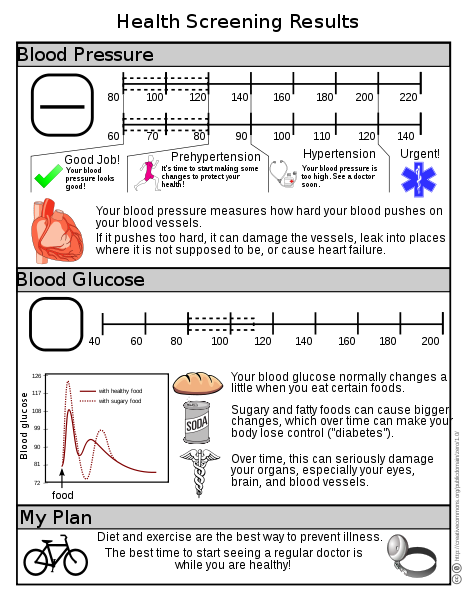
There are several life insurance products on the market that focus on individuals or couples who have IRA, money market, CD’s, stocks, bonds or cash to roll over into a life policy whose primary purpose is to cover long term care, but also retain their investment principal. Notable are Lincoln National‘s “MoneyGuard” and Genworth‘s “Total Living Coverage”. State Life has several asset based solution products to long term care. I’ll focus in this post on their “Asset-Care I” product. It’s a single premium whole life insurance providing a long term care (LTC) acceleration of benefits. An optional continuation of benefits rider extends LTC benefits after the life insurance is reduced to zero. It can be single coverage for an individual or combined joint coverage for a couple. In the quotes I’ve been reviewing, joint coverage for couples looks exceptionally good because the benefit applies to both insureds, and the cost for the single pay premium is relatively low. There are surrender charges for the first 10 years starting at 11% and decreasing. This is a reimbursement LTC plan, meaning you are paid back for qualified long-term care expenses.
Essentially what happens is if you require long term care, after a 60 day waiting period the face amount of the life insurance begins to be accelerated out, and then when those funds are exhausted, the rider, if you choose it, begins paying benefits. I’ve been studying this coverage for several days, and this product has very strong features, and could be the right choice for many individuals and couples if structured properly.
You want to set the monthly LTC benefit in the range of $6,000 a month based on Genworth’s 2011 Cost of Care Survey. This assumes a worst case scenario of requiring nursing home care and having a private room. The national median daily rate for this care is $213 a day, and that’s a 5.1% increase over 2010.
For this State Life product there are acceleration for the “base” or life insurance part of the coverage options of 2%, 3% or 4%. For 4% it will accelerate out the life insurance benefit in 25 months. The 2% takes 50 months to accelerate. The 3% takes 33 months to accelerate. In those months the benefit is a level pay out has inflation options of 3% simple, 3% compound, 5% simple and 5% compound. How fast you accelerate out the base portion of the policy: 25, 33 or 50 months, and how much of an inflation option you add are crucial decisions. Depending on one’s age, not choosing a strong base inflation option can seriously under fund LTC coverage.
After the base portion of the policy funds are drawn down, the optional rider has the option of either 3% compound or 5% compound inflation protection, and a lifetime benefit. Inflation protection of 5% compound is the gold standard for LTC coverage. Also a lifetime benefit is the holy grail of LTC benefits where many other plans over the last few years, traditional LTC insurance or hybrids plans like this one, the benefits have been capped. The rider is it’s own separate entity which premium can be paid annually over the duration of the coverage, or you may choose a single pay. Premiums cannot be increased. Not so with traditional LTC plans. If you lapse your rider premium, there is a nonforfeiture benefit. This provides a benefit for a shorter period of time.
This is a whole life policy with a guaranteed interest rate of 4%. So it does build cash value, and if you waited out the surrender charges, the cash surrender numbers I reviewed were quite favorable, if you chose to surrender the policy. Although surrendering a single pay runs into a tax issue since the policy is a MEC or Modified Endowment Contract. The upside of this product, is that if you don’t need long term care, your beneficiaries get the life insurance. For a joint policy holders, it’s a second-to-die policy.
So in all Asset-Care I from State Life is a well priced, benefit rich life insurance/LTC plan. It would serve especially well for for lengthy long term care needs such as in Alzheimer’s. Downside is the initial level benefit, and that’s it’s a reimbursement plan. Upside are the options for 5% compound inflation and the lifetime benefit. In comparison, many quoting scenarios Lincoln‘s MoneyGuard only allows, at best, a 3% compound inflation option. It’s hard to find any LTC coverage that’s not reimbursement, but North American‘s chronic care rider offers a cash benefit.
Disclaimer: In reviewing The State Life Insurance Company’s Asset Care I, all information is correct to the best of my knowledge. For complete details on this product please contact The State Life Insurance Company, a One America Company, directly.











